You ride past them, but do you know what they are? Rails to Trails corridors and waterways are great places to see both native plants and opportunistic interlopers. Some are medicinal, some are edible, and some are poisonous, would you know the difference? Some trails provide identification markers, and our LPSNRD has installed interpretive signs showing invasive plant species at some state parks and along the Mopac on the other side of the Platte river. This week I’ll show you a few common plants from the Mopac and other trails you may recognize when you’re out riding.
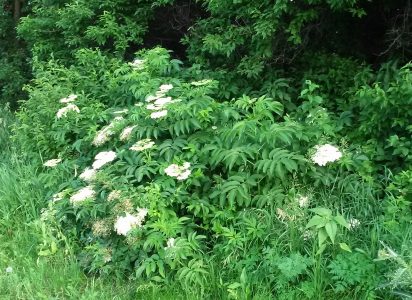
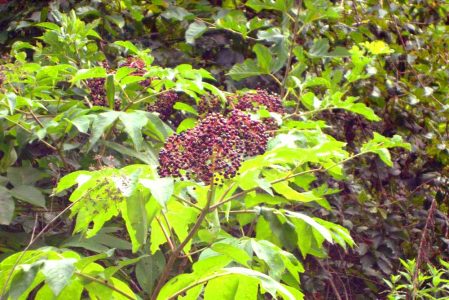
Most of the plants I’m showing here are edible in some form, but always make sure you know what the plant is, what part of the plant you can use, and how to process it before you attempt any use. There are also apps for your smart phone to help with identification, but I haven’t tried them. I have books.
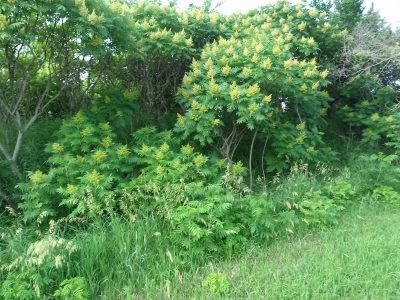
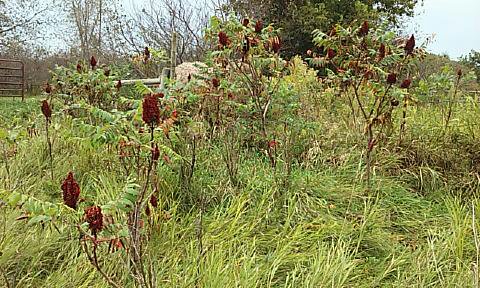
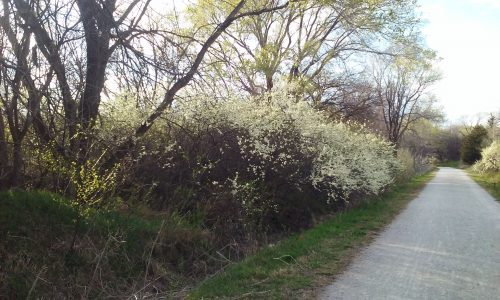
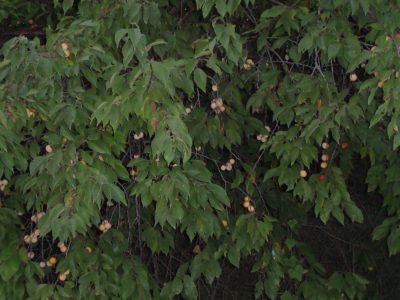
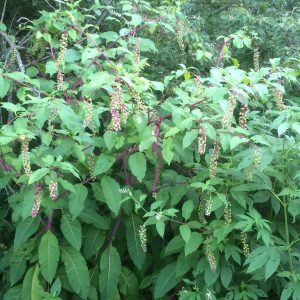
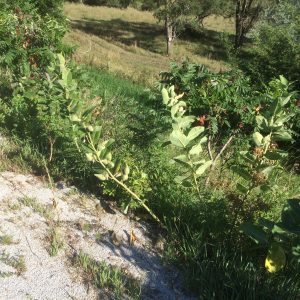
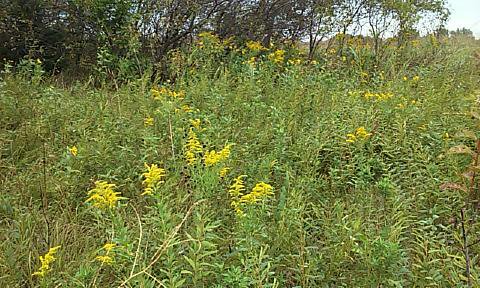
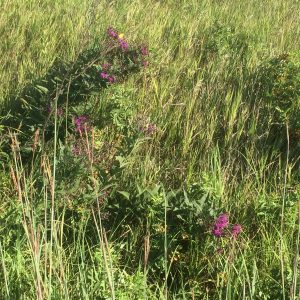
There are far too many more for me to mention them here, but try to become familiar with what you ride by, they’re all part of the reason we enjoy being out on our trails unless of course, you’re allergic to them.
